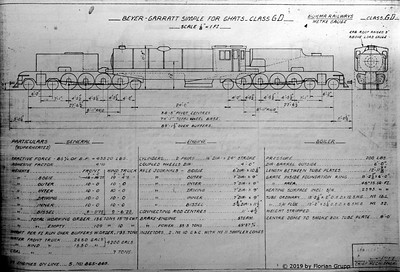Steam Locomotives
The State Railways in Burma/Myanmar relied for a long time on steam locomotives. As being part of the Indian Empire until 1937, the steam locomotives of governmental railways in Myanmar/Burma mostly followed standards and principles of steam locomotives in the rest of India. At the beginning of the metre gauge era in India, the locomotives were centrally ordered by the Indian State Railways and distributed among the different railway systems. Later, the railway companies ordered the locomotives by themselves, but mostly following standards designed and used within the Indian State Railways (British Engineering Standards Association BESA, Indian Railways Standard IRS). This also fully applied to the Burma State Railways. During and shortly after World War II, steam locomotives of Japanese and US American origin found their way to Burma. The last steam locomotives were ordered in 1949, some of them were in service until April 2008! Throughout the around 130 years, more than 800 steam locomotives were in service, ranging from small B-coupled shunting engines to large Garratts. The history of the steam locomotives as well as all classes including their single members are described in detailed under sub menu item Steam Locomotives.


